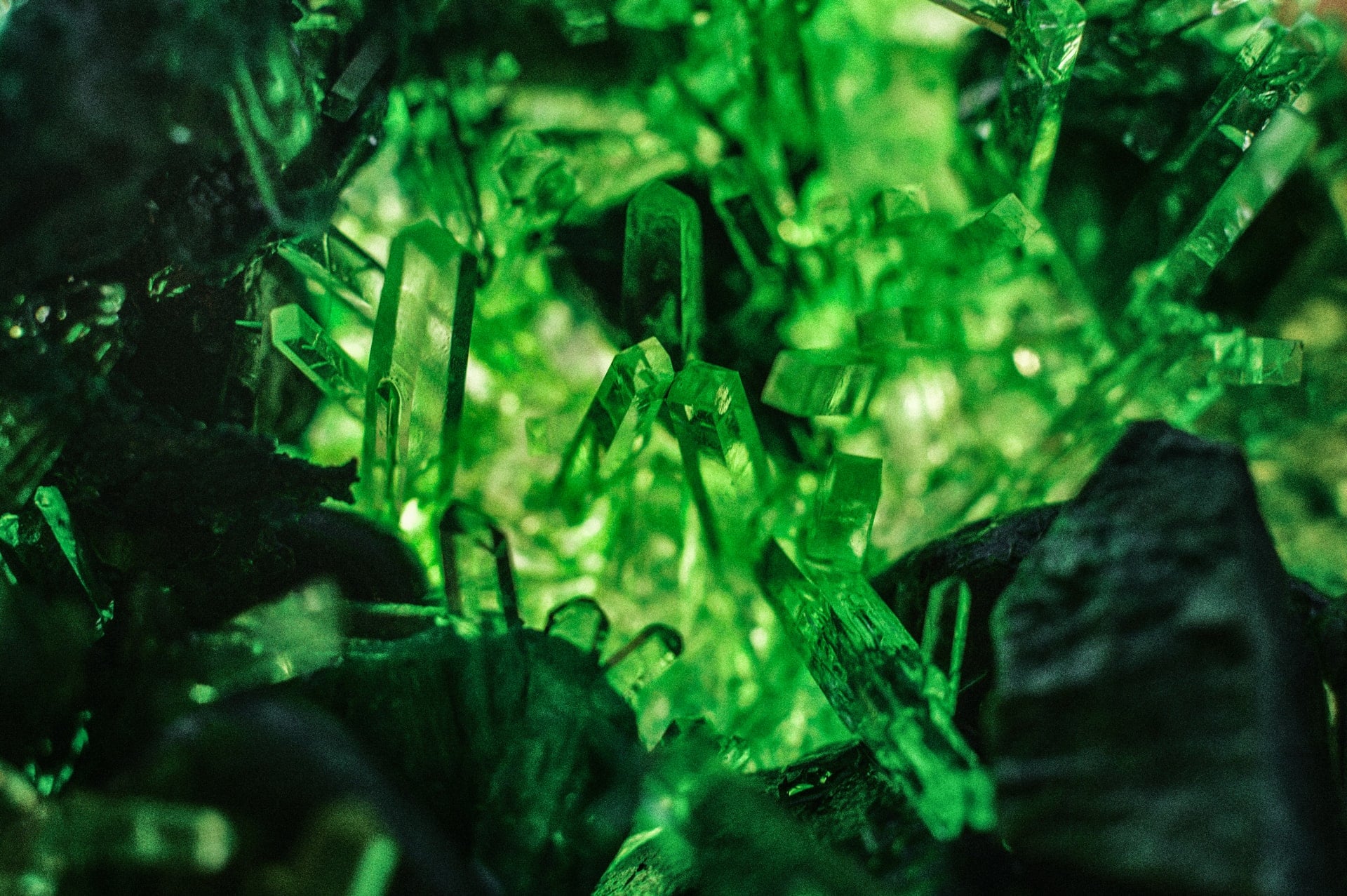Emeralds are one of the four famous precious gemstones and have been admired for their beauty and bold green colour for millennia. The name emerald is often given to landscapes with similar green, vibrant and luscious qualities as the gemstone to show that they are valued just as highly. Emeralds have been cherished since Ancient Egyptian times, and this love has continued into the modern day with emerald jewellery still being considered a prized possession. If you are interested in learning more about this precious gemstone, keep reading for our compiled list of 10 interesting facts about emeralds.
1. Emeralds are a variety of the mineral beryl.
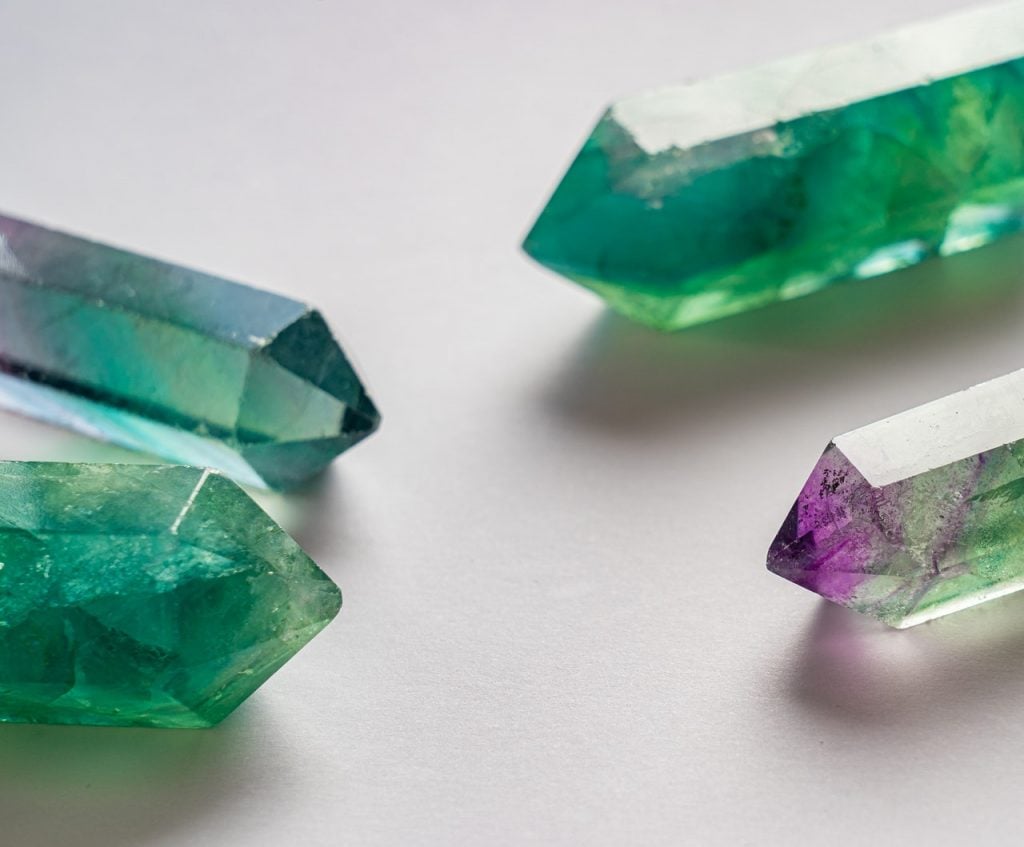
Pure beryl is colourless. This mineral is the base for many different gemstones, such as aquamarine, morganite, and heliodor. Emerald forms when beryl comes into contact with trace amounts of chromium and sometimes vanadium. It is these elements that give emeralds their iconic green colour.
2. They were first mined by the Ancient Egyptians.
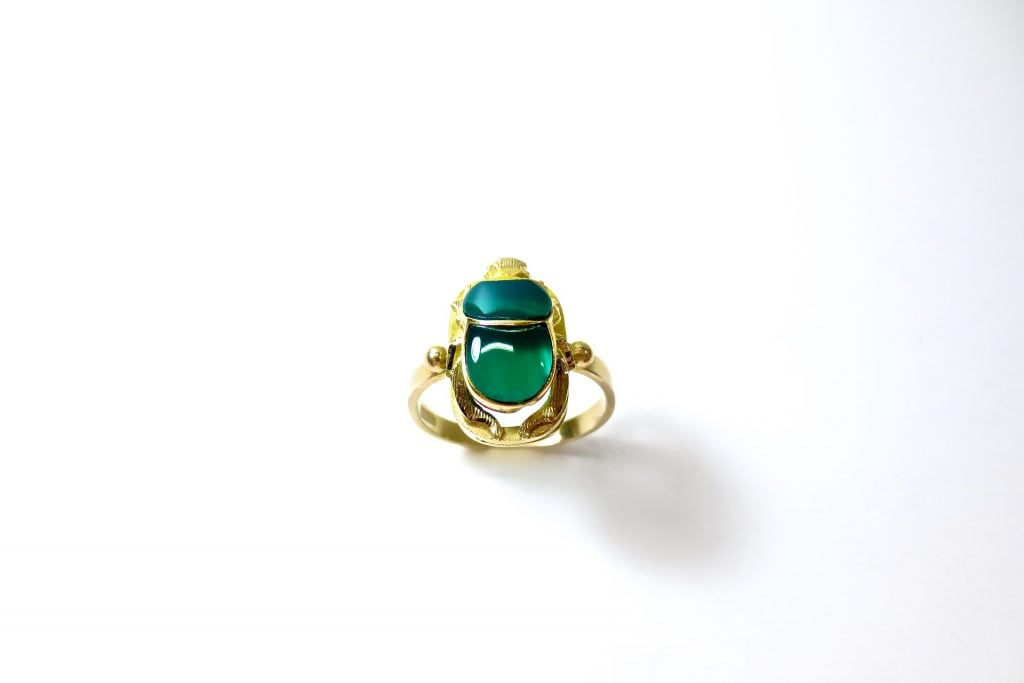
The oldest emeralds are around 2.97 billion years old, but the first known emeralds were mined in Egypt in about 1500 BC. The gemstones were famously favoured by Cleopatra and featured in many of her royal adornments. Mummies were often buried with emeralds, although some of these stones have been analysed in recent years and were found to be examples of peridot. Emeralds from Ancient Egyptian times are a duller green that those from other parts of the world. They are considered to be of a lower quality by todays standard.
3. The name ‘Emerald’ comes from the Greek ‘smaragdus’.
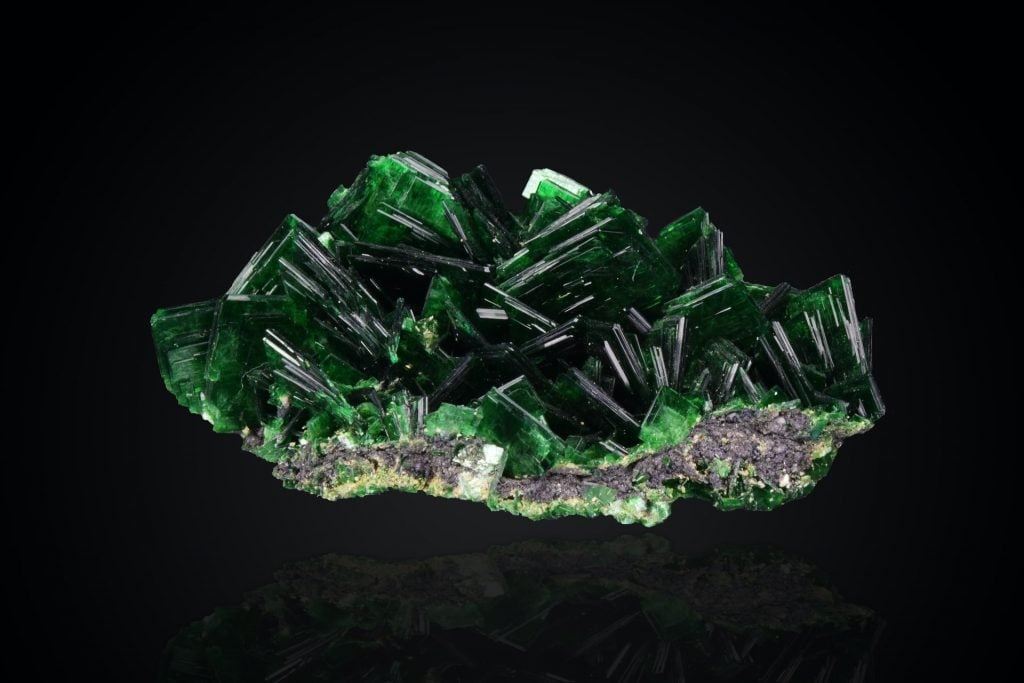
The history of the name ‘emerald’ is not straight forward. ‘Emerald’ comes from the old French word ‘esmeraude’ and vulgar Latin ‘esmaralda’ or ‘esmaraldus’. These words are a variant of the Latin word ‘smaragdus’, which originates from the Greek ‘smaragdus’, which means ‘green gem’.
4. More that 50% of the world’s emeralds come from Colombia.
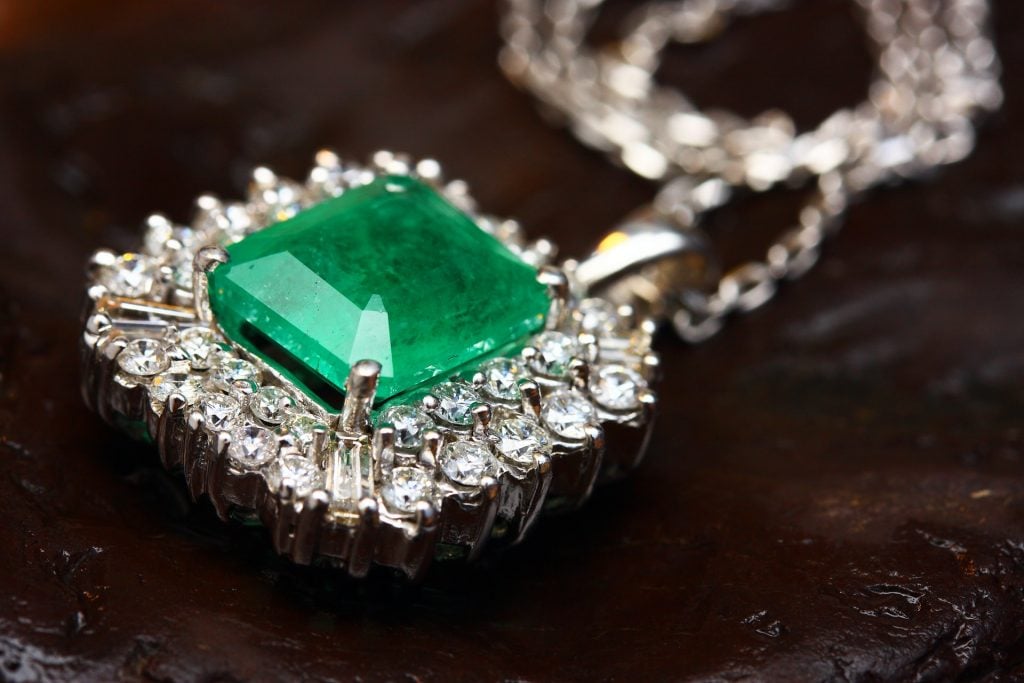
Colombia is famous for its emerald mining. The gemstone can be found all over the planet, yet 50% of emerald production takes place in Colombia. The Gachalá Emerald, one of the most valuable and famous emeralds in the world, was mined in 1967 in the Vega de San Juan mine in Gachalá, Colombia. It currently resides in the Smithsonian Institution.
5. Emeralds have associations with clairvoyance.
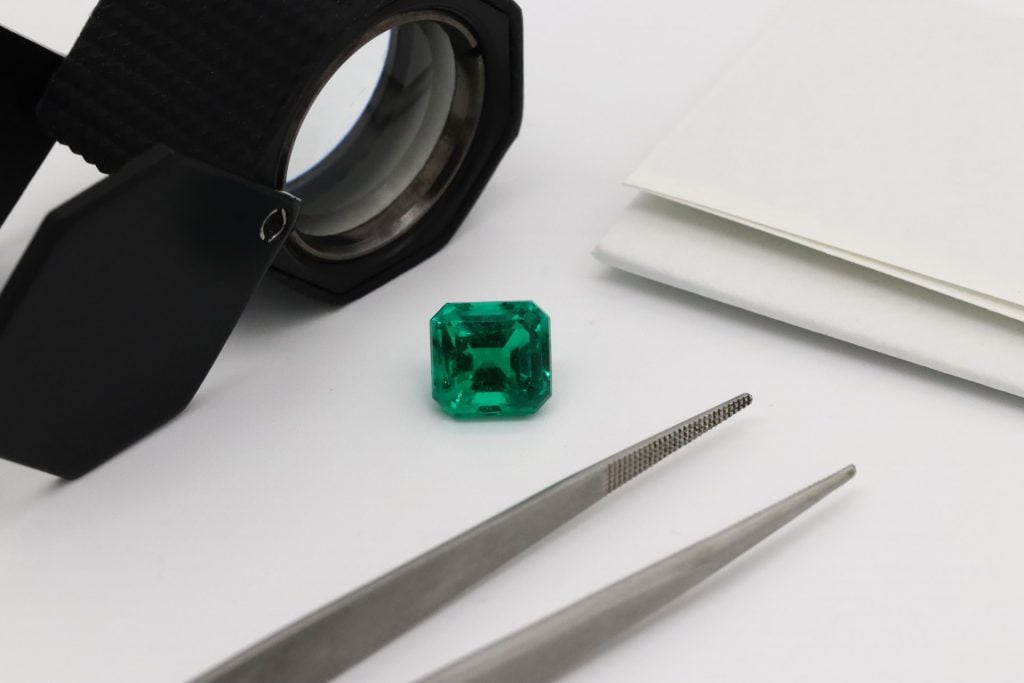
For generations, emeralds are thought to have enhanced the clairvoyance of their owner. It is believed that placing one under the tongue can aid with seeing the future. Some think that the gemstone can act as a kind of truth potion and assist the owner in extracting the truth from others. Emeralds are also thought to guard against memory loss and enhance intuition.
6. Flaws, or inclusions, in these gemstones can be valuable.
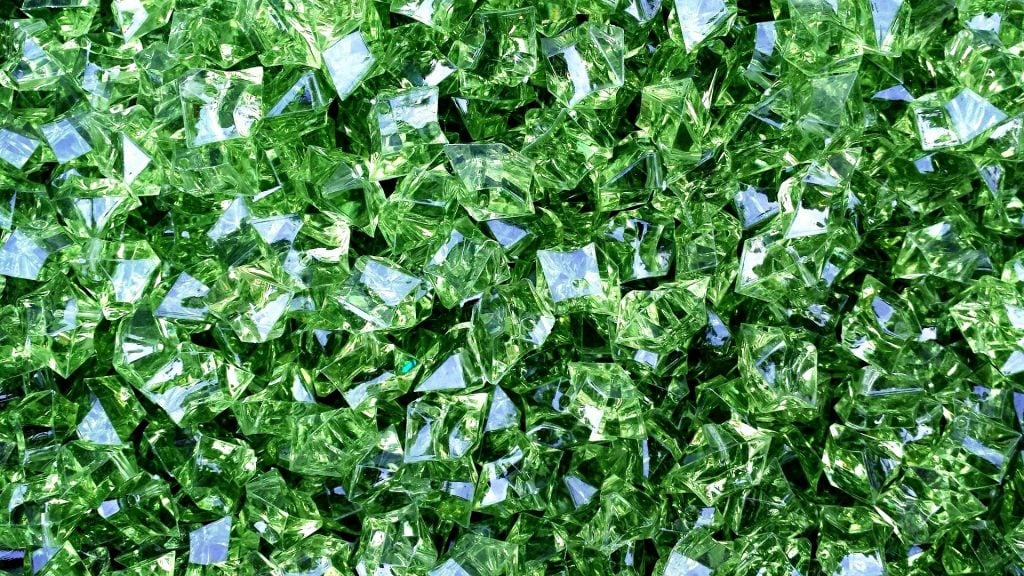
Natural emeralds have flaws, or inclusions, in the stone. These are sometimes referred to as the ‘jardin’, or garden. Each stone is made entirely unique by its individual inclusions which furthers the appeal for many collectors. Due to this, a highly saturated emerald with inclusions will be valued more highly than a low saturated emerald with no inclusions. An unflawed natural emerald is so rare that one may be worth more than a top-quality diamond of the same weight.
7. The first synthetic emerald was created in 1935.
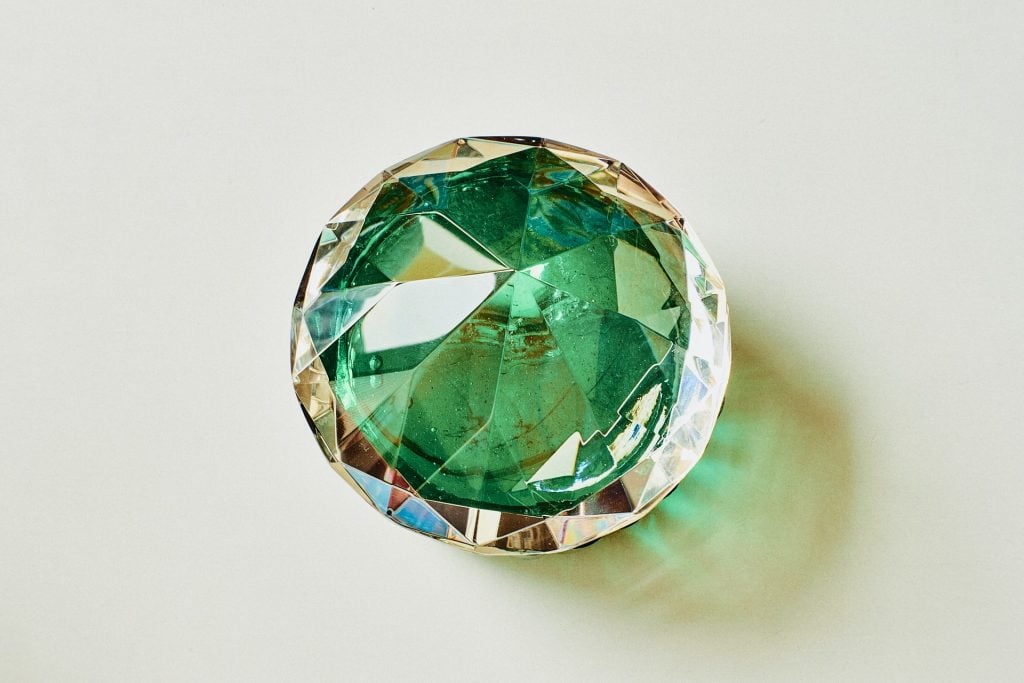
Whilst other precious gemstones were replicated in a laboratory setting decades earlier, it took longer for scientists to perfect the synthetic emerald. The first example of a synthetic emerald was created by American chemist, Carroll Chatham in 1935. He created the 1-carat Chatham Emerald that is currently on display at the Smithsonian Institution. Although these emeralds have many of the same characteristics as natural emerald, they are not valued nearly as highly.
8. The Duke of Devonshire emerald is one of the largest uncut examples of this gemstone.
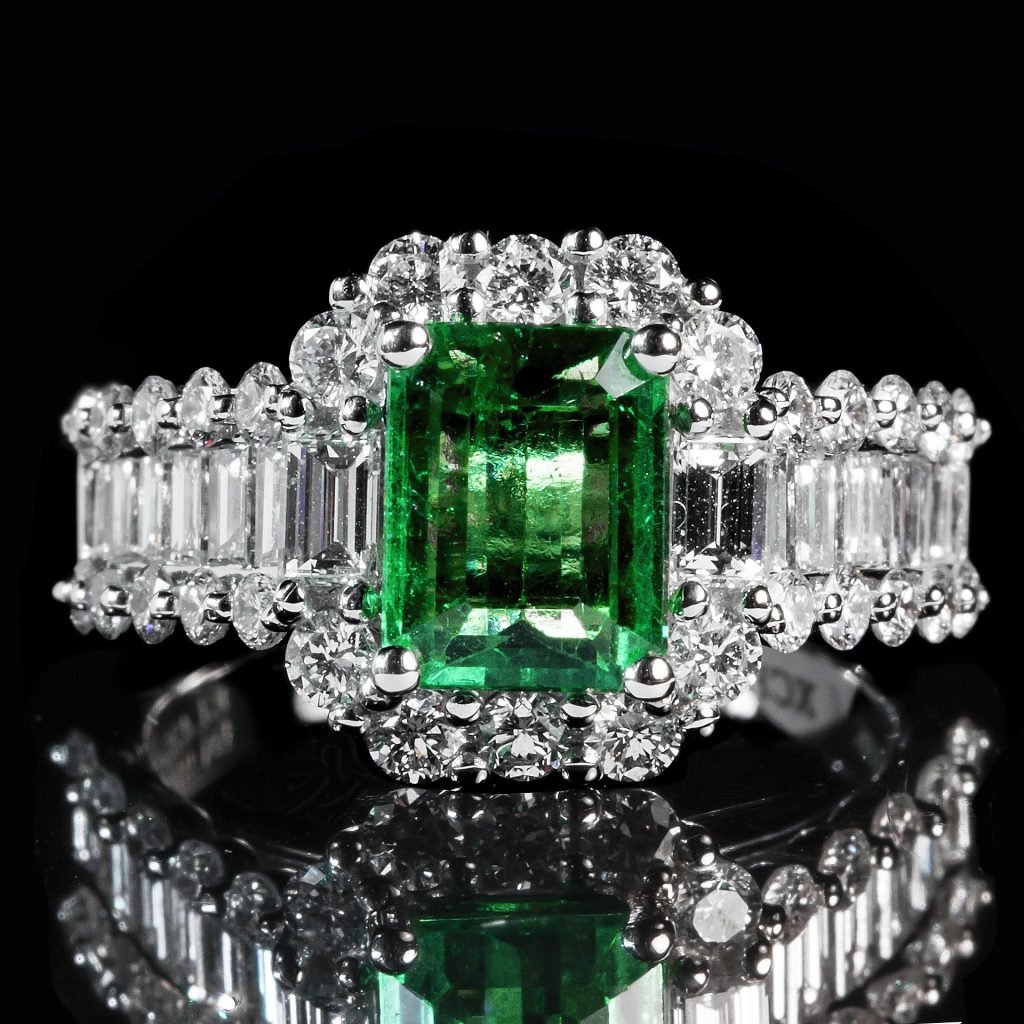
There are larger carved examples of natural emerald, but the Duke of Devonshire emerald remains one of the largest uncut examples of the gemstone. It weighs an incredible 1383.93 carats and is currently kept in “The Vault” in London’s Natural History Museum. The stone was mined in Colombia during the 19th Century and was acquired by William Cavendish, Sixth Duke of Devonshire. It is believed that it was either gifted by or purchased from Emperor Don Pedro I of Brazil around 1831. There’s much debate about whether the stone on display in the museum is the genuine article or not.
9. Thailand’s ‘Emerald Buddha’ is not actually made from emerald.
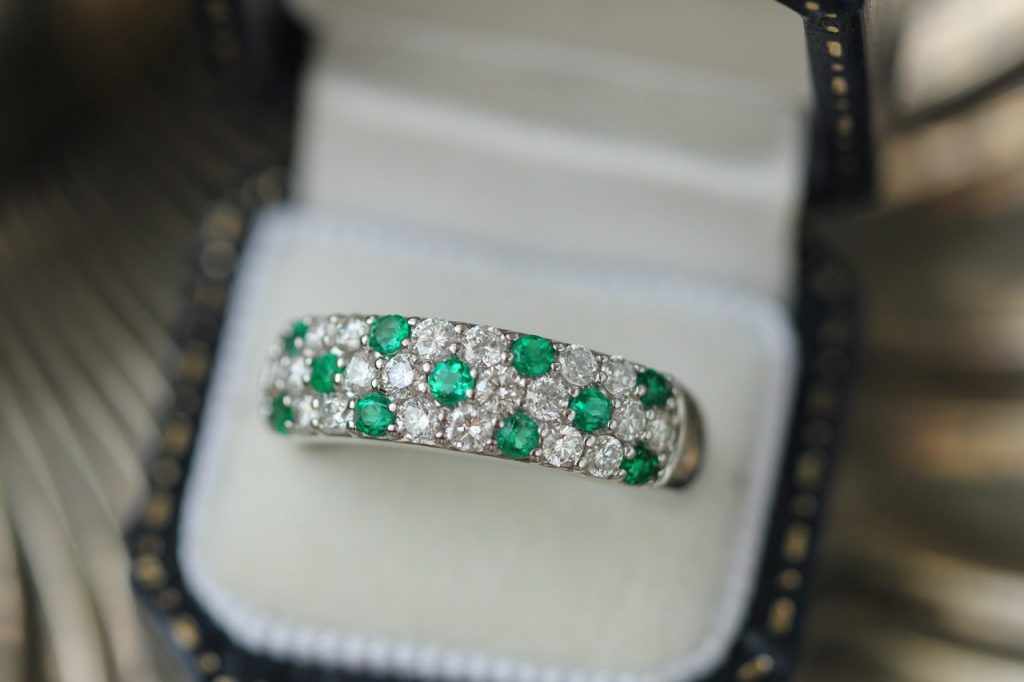
The Emerald Buddha can be found in Wat Phra Kaew, The Temple of the Emerald Buddha, in the grounds of the Grand Palace in Bangkok. The name refers to a statue of a meditating buddha made of semi-precious jade or jasper stone. In this instance, ‘emerald’ refers to the colour of the statue, rather than the composition. The Emerald Buddha has never been examined to determine the exact material or origin.
10. Angelina Jolie’s emerald earrings are one of the most famous pieces of red-carpet jewellery.
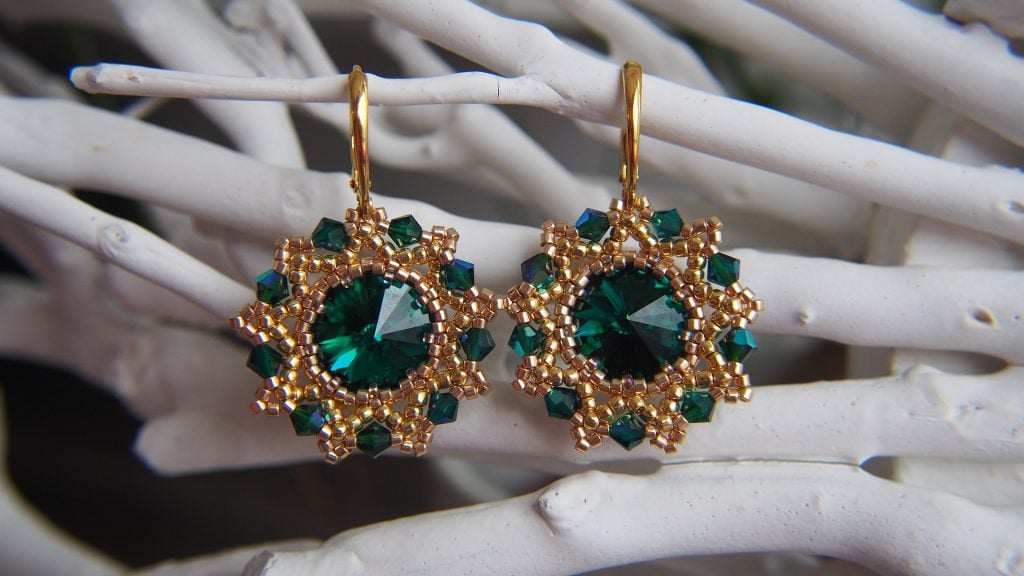
Emeralds were popular red-carpet fashion in the days of Elizabeth Taylor but were not popularised again until Angelina Jolie wore a pair of Lorraine Schwartz emerald earrings on the red carpet of the 2009 Oscars. The pear-shaped emerald drop earrings were made with 115-carat Colombian emerald and have been valued at around $2.5 million. Jolie wore a matching 65-carat emerald ring to the event that was valued at around $1 million.
If our 10 interesting facts about emeralds has sparked your interest in the gemstone, click here to browse emeralds on our website.
What did you think of our 10 interesting facts about emeralds? Do you know any others? Let us know in the comments below!

